CHILDREN’S VISION
Vision is arguably the most important of the five senses; it plays a crucial role throughout childhood and beyond. Yet many parents don’t understand how vision helps their children develop appropriately. The information below can help.


